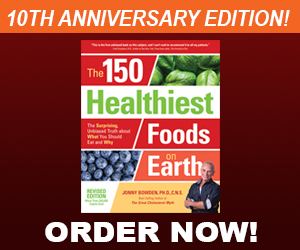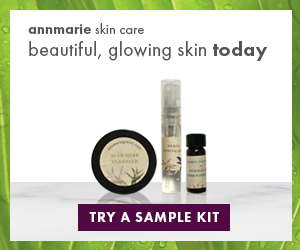Watercress, the superfood, is now watercress the breast cancer preventive, according to a study released recently in the British Journal of Nutrition.
In experimental findings, the consumption of a 3 ounce portion of watercress by healthy participants who had previously been treated for breast cancer reduced the presence of a key tumor growth factor six and eight hours after eating the watercress.
The study, conducted by the Cancer Research Center at the School of Medicine, Southampton General Hospital in the UK, demonstrates that watercress is as therapeutic as traditional drug treatments with tamoxifen and herceptin, and through regular consumption, has the potential to confer valuable protection against cancer in general.
My colleage and fellow member of the American College of Nutrition Nicholas Perricone, MD has elaborated on the anti-cancer role of watercress in his newest book, Forever Young. According to Dr. Perricone, “Watercress has the ability to turn off HIF1, a signal sent out by cells calling for blood supply. When HIF1 becomes incorrectly regulated, otherwise harmless precancerous clusters of cells have the opportunity to grow to form invasive tumors.”
Perricone states: “Scientists have been looking for anti-angiogenesis agents for years because if we can turn of the blood supply, we can kill the cancer. And it looks like watercress can do that.”
An earlier study published in the American Journal of Clinical Nutrition in February 2007 showed that in addition to reducing DNA damage, a daily dose of watercress increased the ability of cells to further resist DNA damage that may be caused by free radicals.
In that study, 60 men and women, half of whom were smokers, consumed their usual diet plus 85 grams of raw watercress daily for eight weeks. Blood samples were analyzed for plasma antioxidant status and DNA damage in lymphocytes, a type of white blood cell. Watercress consumption significantly reduced lymphocyte DNA damage.
The Southampton and AJCN studies confirm what the Romans, Greeks and Persians have known for centuries—watercress is a powerful natural medicine and nutritionally dense. Watercress has been prescribed for migranes, anemia, eczema, kidney and liver disorders and tuberculosis.
Ounce for ounce, watercress is a better source of vitamins C, B1, B6, K, E, Iron, Calcium, Magnesium, Manganese, Zinc and Potassium than even apples, broccoli and tomatoes! (But don’t stop eating those foods—just add watercress to your diet!)
As the news of anti-cancer properties of watercress spreads, many folks will be looking for ways to incorporate this wonderful green into their diets. Fortunately, watercress is a friendly and versatile leaf, delicious in drinks, salads, soups, sautés, spreads, sandwiches, stews and stir-fries. It’s widely available thanks to B & W Quality Growers, Inc, the largest producer in the US.
Shoppers will find watercress in many grocery markets, specialty produce, ethnic and natural food stores in 4 ounce bags, bunches or in bulk.
Watercress got a “Star” in my book, “The 150 Healthiest Foods on Earth”. Even among superfoods it is a standout. A member of the Brassica family of vegetable royalty, it contains a whole group of compounds with anticancer potential belonging to the sulforafane family (also found in broccoli). It can be eaten raw (and frequently is) but it can also be cooked. Cooking eliminates its bite and leaves a vegetable that is pretty sweet! (The raw version probably contains more enzymes, though.)
Note: Here is a terrific recipe that contains 4 cups of watercress!
Try watercress for health and you’ll come back for the flavor!








Leave A Comment